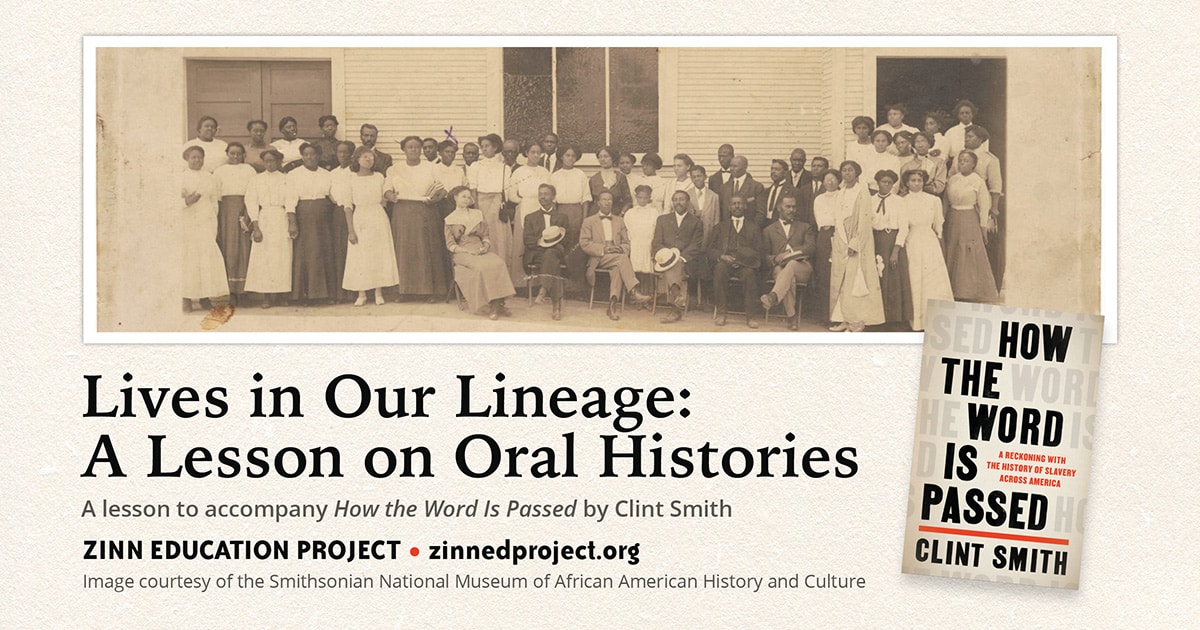
By Cierra Kaler-Jones
This lesson is part of a suite of activities developed to accompany How the Word Is Passed by a Zinn Education Project curriculum collective.
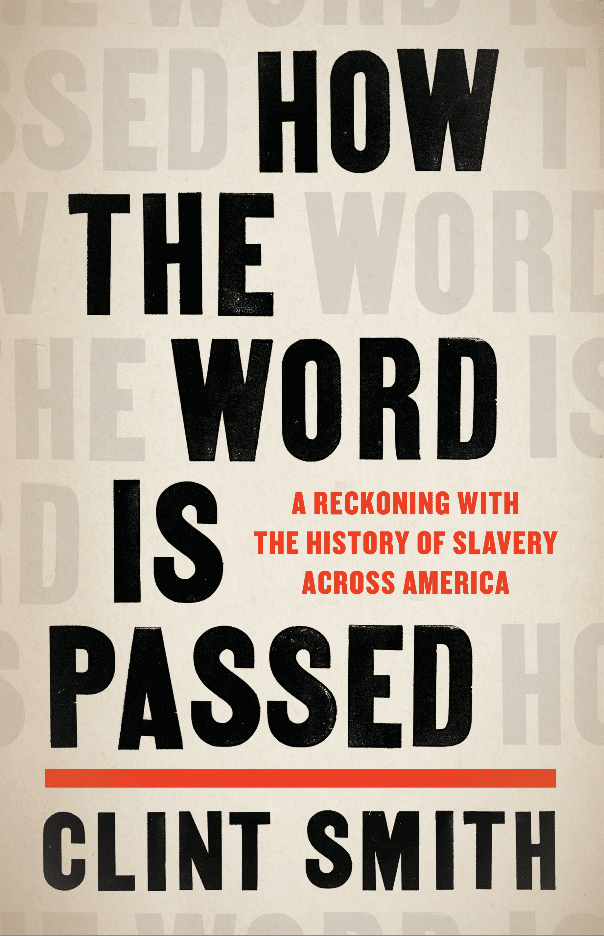 Schools have historically been sites of forgetting, where whitewashed, sanitized versions of history that privilege the dominant narrative are uplifted, and rich legacies of resistance and collective struggle are erased. For example, the young people I learn alongside and I learned together about Tulsa’s Greenwood District, known as Black Wall Street. We were frustrated that we never learned about the bustling, prosperous area of economic growth and culture, only about how a mob of white supremacists perpetrated devastation and violence against the community.
Schools have historically been sites of forgetting, where whitewashed, sanitized versions of history that privilege the dominant narrative are uplifted, and rich legacies of resistance and collective struggle are erased. For example, the young people I learn alongside and I learned together about Tulsa’s Greenwood District, known as Black Wall Street. We were frustrated that we never learned about the bustling, prosperous area of economic growth and culture, only about how a mob of white supremacists perpetrated devastation and violence against the community.
As one of the young people, Mackenzie, said, “I feel like it was erased from textbooks because it was something good Black people did. Textbooks should explain that Black history is full of success.” The narrative was focused on the community’s demise at the hands of white rage, without also telling the stories of Black community members and their creativity, imagination, and ingenuity.
By encouraging young people to not only be curious about the histories that live within their own lineage, but to also bring that knowledge to the classroom, we can create space for remembering. The act of remembering taps into what students know from their communities, elders, and ancestors. It reminds us of what we know from what has been passed down to us, despite how school policies and curricula may suppress the enactment of that knowledge.
History is not only around us, but within us. It is not something that takes place just in textbooks or “out there,” but rather something we make each day. History is etched into the fabric of our loved ones’ beings, and we can breathe life into the stories that make up the essence of who we are individually and collectively by exploring our stories, communicating them, and passing them on.

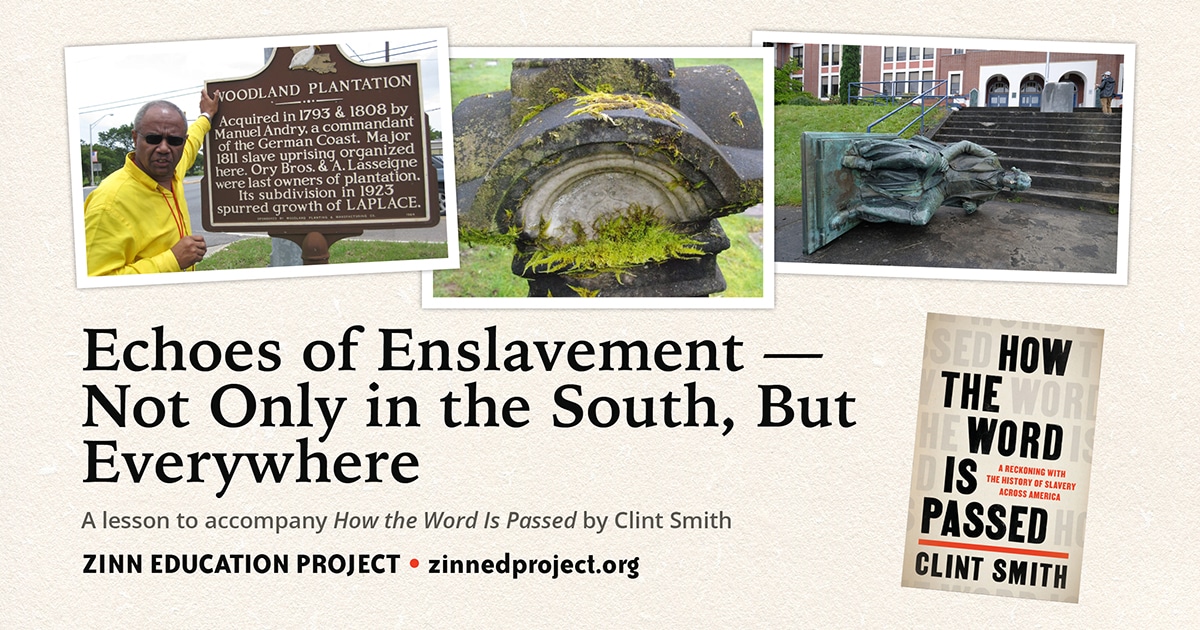
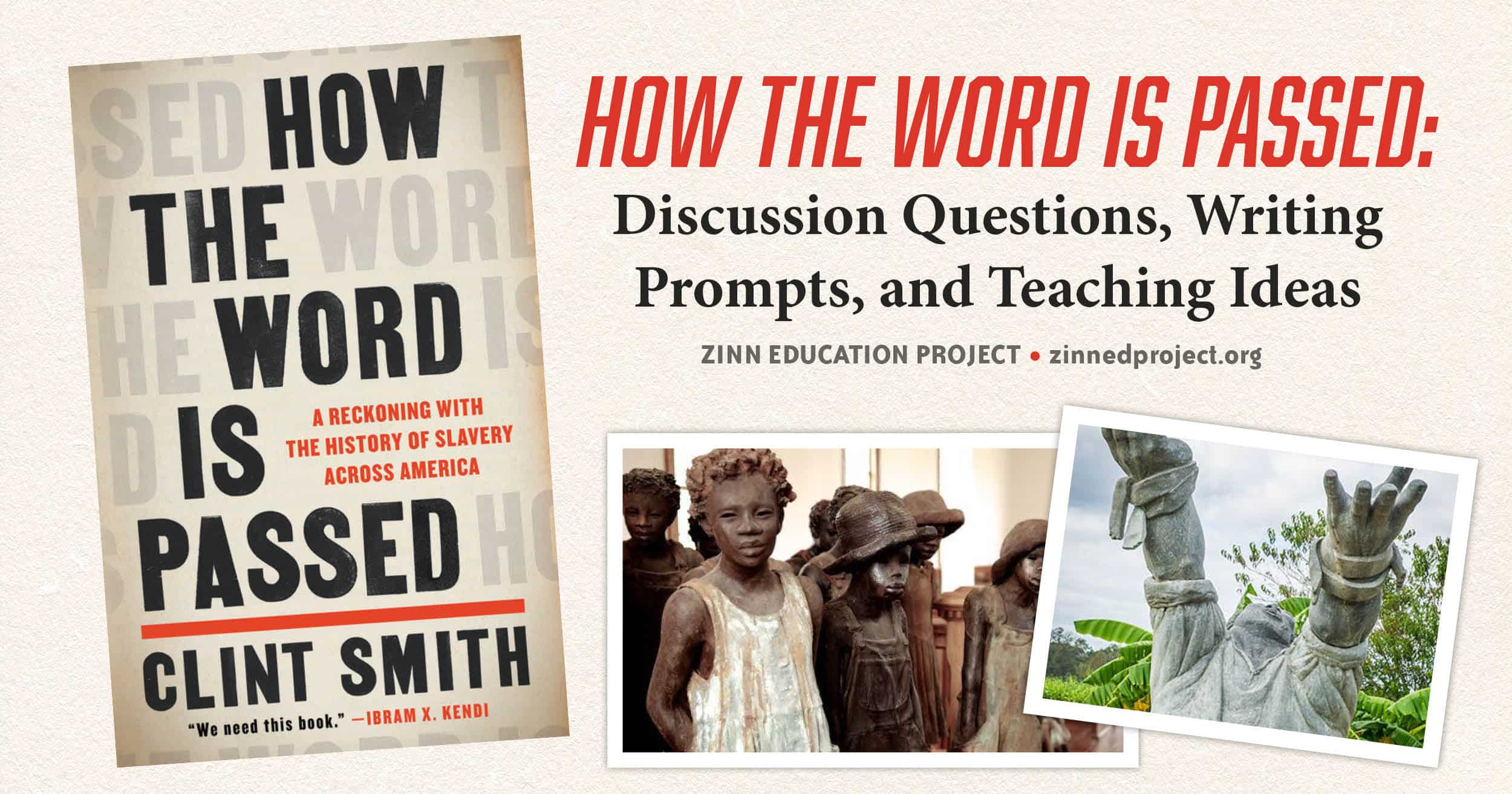
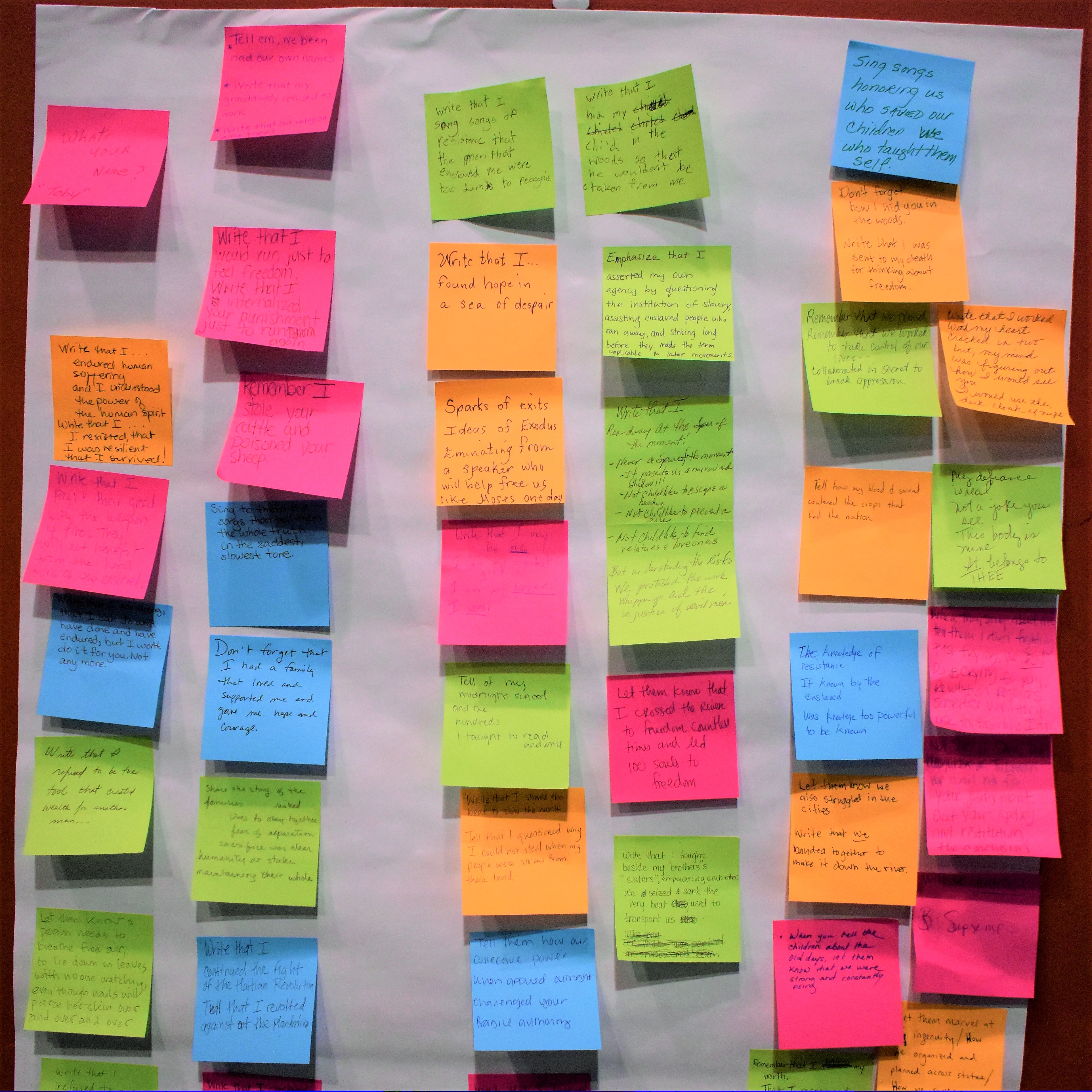
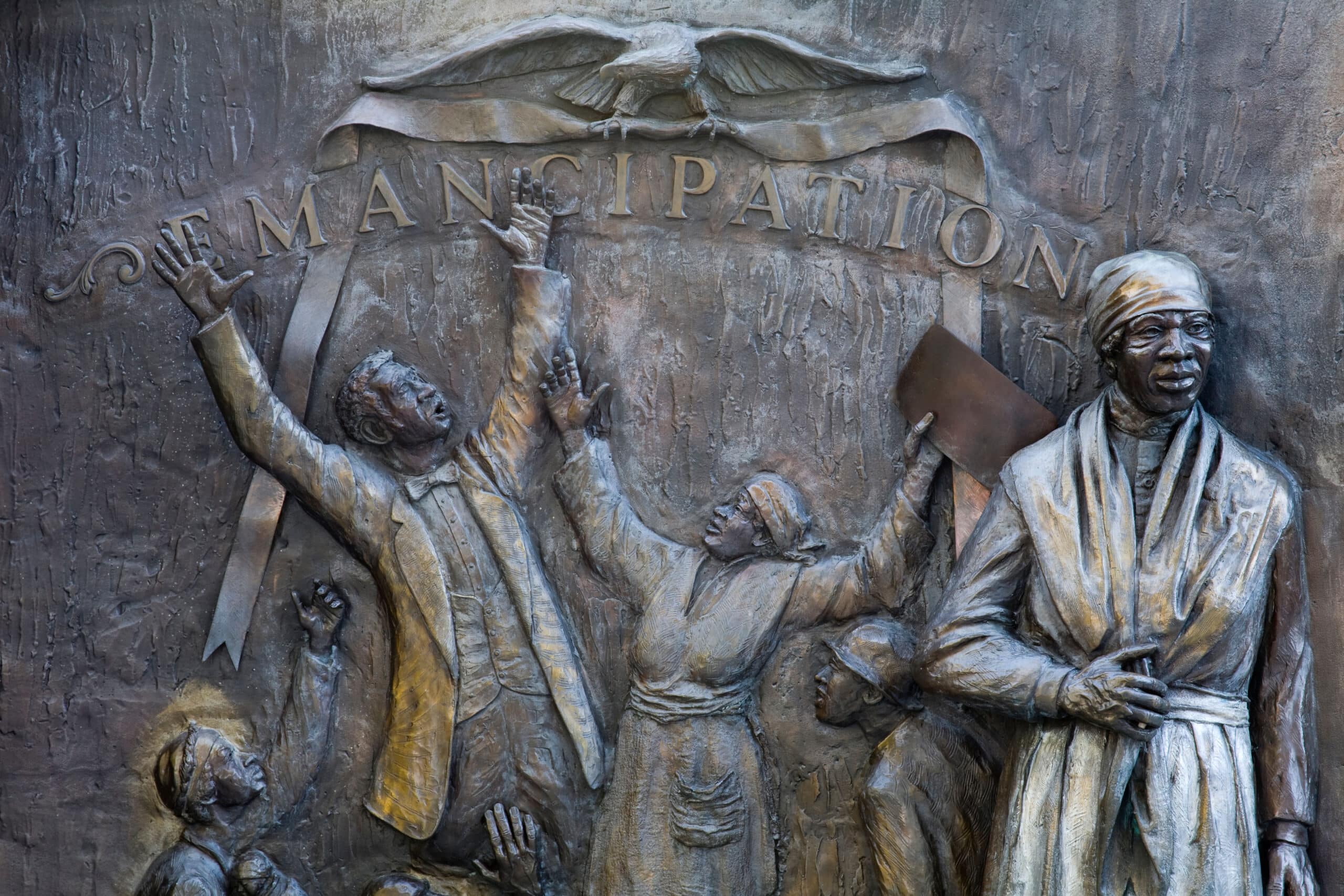
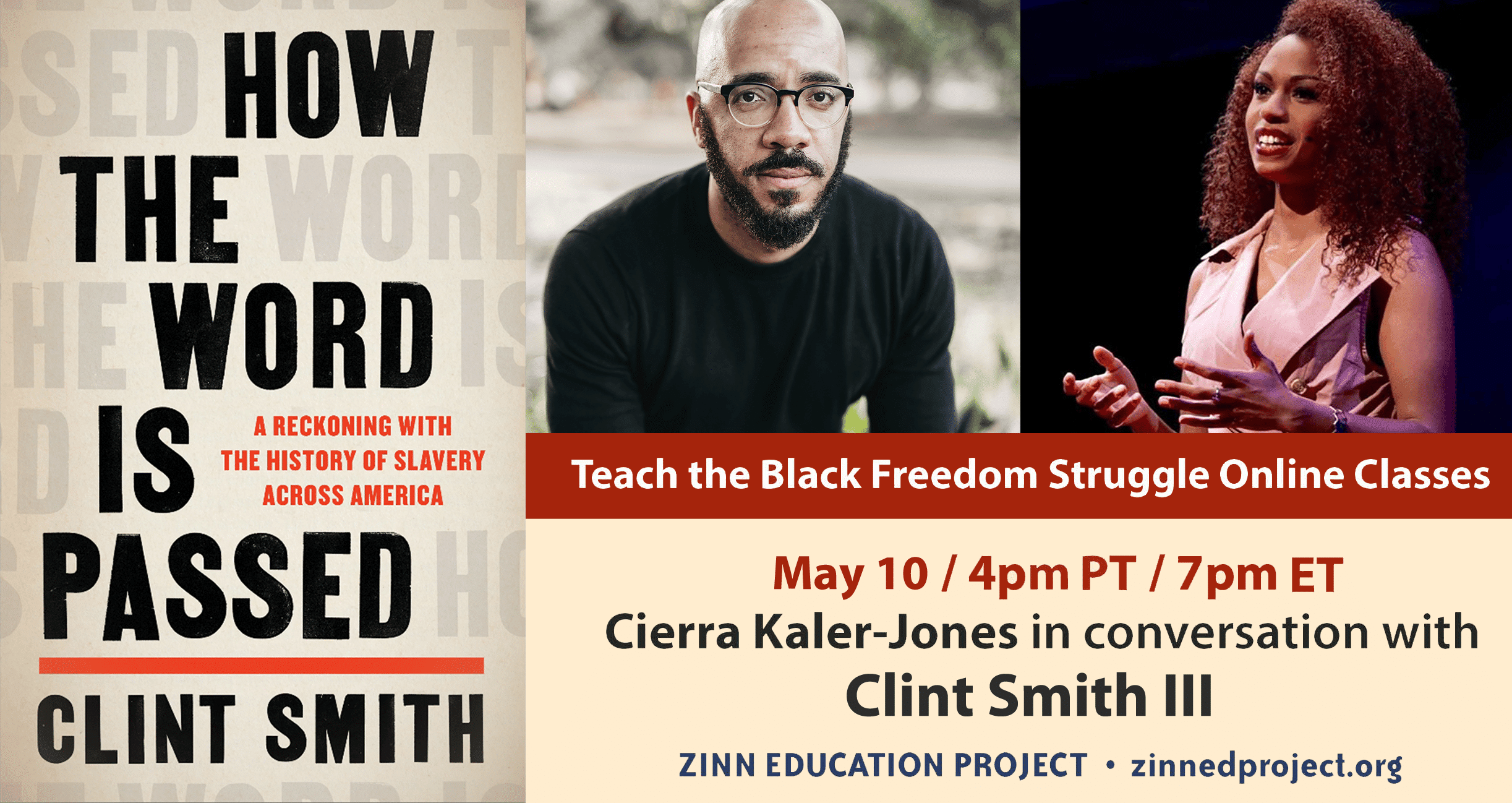






Twitter
Google plus
LinkedIn